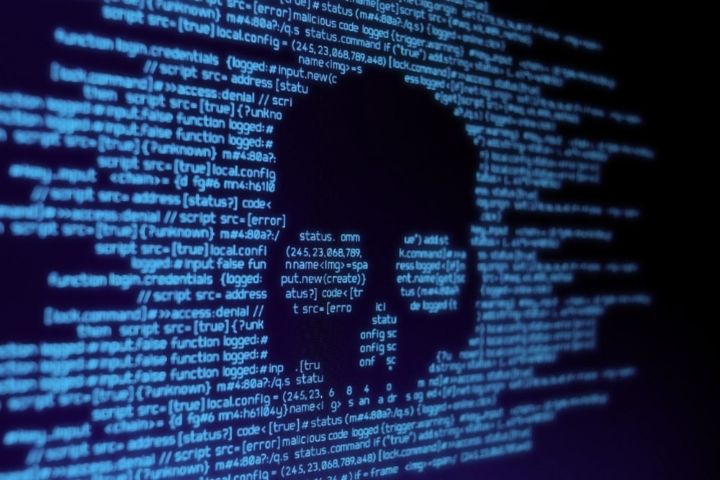7 Types Of Computer Viruses Your Mac Is Susceptible To (And How to Get Rid of Them)

If you’re someone who uses the internet on a regular basis, odds are you’ll come across a virus at some point. Hackers write viruses to change computer functions and cause damage to your machine.
But what can viruses do? How serious of a problem can they be?
Keep reading for a guide that’ll breakdown what mac malware looks like, as well as the different types of computer viruses.
Table of Contents
Do Macs Get Viruses?
Many people are under the misconception that Macs can’t get viruses. This is not only incorrect, but it can also lead people into having a false sense of security.
Although it’s true that traditionally, hackers wrote the majority of viruses for Windows, this has since changed. According to a 2020 report, the number of Mac threats increased by around 400% from the previous year. This puts the number higher than those affecting Windows users.
Different Types Of Computer Viruses
Macs are not immune to viruses, so you should have an idea of what types can infect your computer. Here are 7 of the most common ones.
1. Viruses
Most people use the terms malware and virus interchangeably. Yet most malware types are not viruses, with viruses encompassing only a small percentage of them.
Out of all the malware types, viruses are one of the more insidious types. Like viruses in the real world, they’re able to infect other files. This makes them hard to identify and treat. For lack of a better solution, most modern antivirus programs find and delete the infected files.
Viruses modify other files on your computer. That means that when you open or execute them, you’ll also run the virus.
2. Spyware
If you’ve ever had something stolen, you know the feeling that goes along with it. Spyware might give you a similar feeling.
Criminals use spyware to monitor victims’ computers. They can observe keystrokes, which lets them learn passwords and other sensitive information. They can then access bank accounts, emails, and other personal data.
Yet if your computer does have Spyware, don’t panic, as it’s one of the easier malware types for you to eliminate. Find the file with an antivirus program and delete it. Be aware that Spyware may be a sign that your computer has a security opening, and that worse malware types could also come.
3. Adware
Adware type is another non-serious type of malware, although it can be intrusive and annoying.
Adware forces the user’s computer to display advertisements. These can also have malicious content that can attach themselves to your computer. Other adware programs may redirect you to certain pages, or force you to use a specific search engine.
Like spyware, you shouldn’t have a difficult time removing adware.
4. Worms
Before computer viruses, there were worms. Today, they are still a frustrating and dangerous type of malware.
Viruses are hard to get rid of because each time you open an infected file, the virus can spread. Worms on the other hand are capable of spreading without user action, which makes them harder to pinpoint and eliminate.
In the 1990s, worms plagued email users across the world after they opened infected email attachments. They brought down television networks and overloaded phones worldwide with text messages.
5. Trojans
Today, Trojans have replaced traditional computer viruses. If you know your Greek mythology, you know that Greek soldiers hid in a wooden horse to enter the city. Trojan viruses do something similar.
Trojans pose as legitimate programs or files. When you download them to your computer, they then begin their dirty work. Many pose as antivirus programs, telling you that malware has infected your computer, prompting you to download an infected file.
If you think that your computer has a Trojan, you should do everything in your power to get rid of it. Check out this guide on antivirus for Mac.
6. Hybrids
Many forms of modern malware is not a single type, but rather a combination of different types. Often, it’ll be part Trojan, part worm, and part virus.
These hybrid types can be difficult because they have different pieces, all of which work together to inflict harm on your computer. One part will modify your OS to take control, as well as to help the malware hide from antivirus programs. Other parts can spread to other victims on the same network.
Bots are a type of malware that seeks to add new computers to a system of infected devices. These networks can have hundreds of thousands of computers and are under the control of a single botmaster.
7. Ransomeware
Ransomeware is another deadly type of malware. It has not only infected individuals across the world, but also hospitals, police departments, and at one point, the city of Atlanta.
Ransomware is a type of Trojan, which means that it poses as a legitimate program or application. After you download it, hackers may wait a few hours to figure out how much ransom you can afford. They then lock down your files, forcing you to pay money to reopen them.
A good antivirus program can find and delete ransomware, but once the program begins, you’ll have a difficult time reversing it. Those who pay often don’t get their money back. For ultimate safety, keep an offline backup off your data.
Keep Your Mac Protected
If you’re a Mac user, your computer is not immune to malware and other viruses. Yet after reading this guide, you’ll have a better idea of the different types of computer viruses, as well as how they can impact your system.
Do you know any other types of Mac malware? Let us know in a comment below!
If you found this article helpful, don’t forget to check out some of our other blog posts for more guides and tips.






